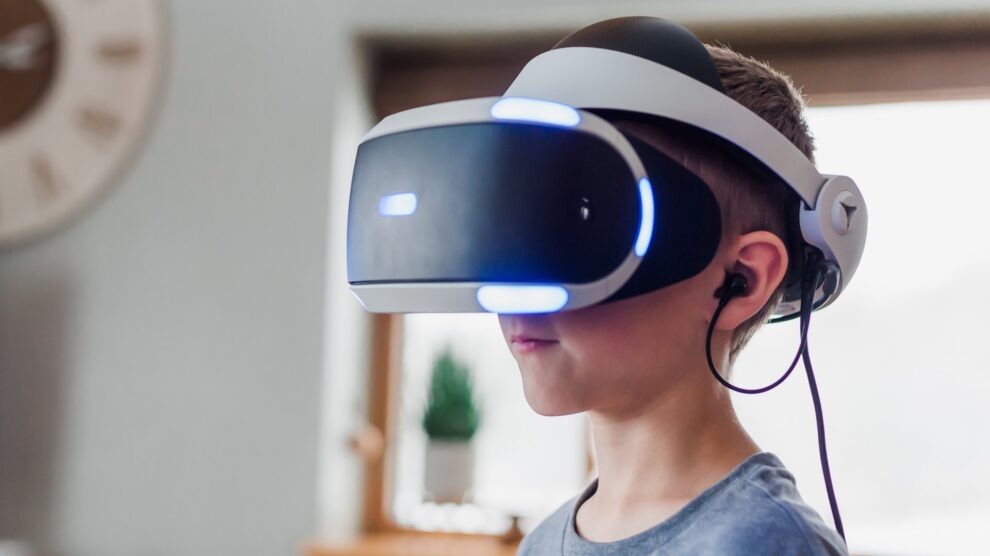Have you ever wondered why most students don’t like to study for big exams in school or college? They imagine themselves drowning in mountains of books and papers. It’s not fun, but the combination of education and entertainment using technology is coming that can change everything.
It’s called Edutainment (Education and Entertainment). The main goal is to make education more fun, engaging, and entertaining. These benefits can improve the learning process and increase the attention time that students invest.
How Education and Games Can Combine
Education games can create a more personalized experience for students. For example – learning science fields like biology, chemistry, computer science, and more can be complicated and overwhelming. However, if a student learns through science quizzes, achieves points, and levels up with every step, he will feel like this is not a boring task but a fun activity. In such a case, the learning experience is entirely different and more beneficial.
Here are 11 Ways that Technology will Improve Education in the Future
1. There’s a big chance that classrooms will have virtual reality devices that provide students access to lessons from all over the world in the future. Students can take courses from universities like Harvard or Yale and feel like they are sitting in these top-rated universities. It will improve their learning experience instead of restricting them to local schools or teachers.
2. Using augmented reality, students will be able to see the solar system or even the molecules in the atmosphere – and how they affect our day-to-day lives.
3. Artificial intelligence in the classroom can also enhance the learning process. Artificial intelligence is one of the future’s most promising technologies. This technology can teach students, monitor their progress, and adapt the personalized learning process to suit individual needs. This will be one of the biggest breakthroughs in future education. With Google and Microsoft both developing new forms of AI specifically for educational purposes, it seems like this will soon become a mainstay of education systems worldwide.
4. Robots will all be used to teach children languages and practice with them. As we all know, to improve your language skill you need to practice a lot.
With robots available for every student, they can practice as much as they like and have a fluent conversation in a foreign language.
5. Edutainment techniques will eventually become so advanced that children will learn faster by playing games on their tablets or mobile phones versus spending hours reading books.
6. Some people believe that future education systems will run largely on data which means that we won’t have textbooks anymore, and children will be encouraged to ask more questions instead of memorizing answers.
7. Edutainment could also help students understand the real world and learn how to cope with challenges by playing different games involving their daily lives.
8. Virtual reality is also becoming increasingly popular. By projecting 3D computer graphics into real space around the viewer, a virtual reality (VR) headset allows users to feel like they are in a completely different environment. This is perfect for educational purposes, as it can give students all-around views of objects that would be impossible in real life.
9. In 2025, scientists expect Virtual Reality to become a part of almost every classroom because its immersive nature helps students focus better in educational lessons while giving new insights into complex concepts.
10. Learning analytics software will be used by 2030 to monitor students’ progress through learning tools like online courses. These tools will make it easier for teachers and educators to track students’ performance in class or at home while learning or practicing online.
11. Edutainment will become an integral part of future work culture since companies will start using VR headsets to train employees in a virtual environment instead of physically going through the motions of whatever tasks they need to do for learning purposes.





